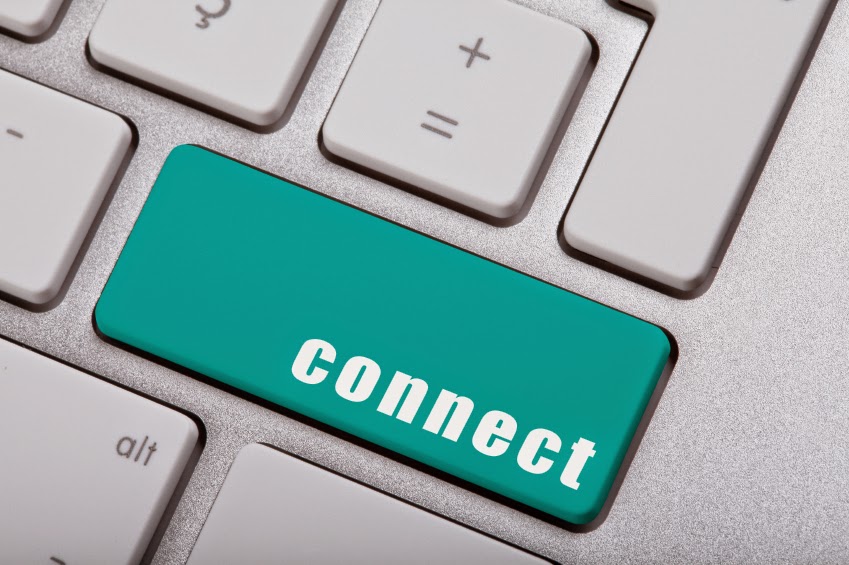Which would you rather receive? A form letter or a personalized message? Of
 course you'd choose a personalized message! We all like to feel special. The same is true for LinkedIn invitations. Avoid the single-line request to connect that LinkedIn provides. Wayne Breitbarth, author of The Power Formula for LinkedIn Success: Kick-start Your Business, Brand, and Job Search, writes, "Customizing the connection request will get you a much higher response rate."
course you'd choose a personalized message! We all like to feel special. The same is true for LinkedIn invitations. Avoid the single-line request to connect that LinkedIn provides. Wayne Breitbarth, author of The Power Formula for LinkedIn Success: Kick-start Your Business, Brand, and Job Search, writes, "Customizing the connection request will get you a much higher response rate."How to Change the Standard Invitation
Not sure how to get to the customized invitation? Here's how:
- Type the person's name in the Search for people, jobs, companies, and more textbox.
- Press Enter.
- Select the person's name from the list.
- Click the Connect button.
- Select the option of "How do you know...?" (You may have to include the person's e-mail address, depending which option you choose.)
- Compose your personalized message.
- Click Send Invitation button.
Give the person a frame of reference. Let the person know who you are. Did you just meet him/her? Where? If it's been a while since you met, remind the person how you met. If you know this person will recognize your name, ask how he/she is or ask about something that's going on in his/her life. If you've never met, tell the person why you would like to connect. Do you share a LinkedIn group or a professional association? Do you follow his/her blog or subscribe to his/her newsletter?
Invite the person to connect. Be concise, conversational, and professional. The invitation doesn't have to be long to be effective. In fact, according to LinkedIn, you're limited to the number of characters: 2,000 characters if you have the person's e-mail address or 300 characters if you don't.
Give a closing thought. Would you like to meet the person for coffee or lunch? If not, your complimentary closing (Best wishes, Cordially, Regards, etc.) may be enough. Again, be conversational; avoid using standard corporate language such as Thank you for your time and consideration.
Sophia Amoruso offers a LinkedIn invitation in her book, #GIRLBOSS: "I came across your profile and would love to grab a coffee with you sometime. Your experience is really interesting." To the point, conversational, and flattering!
Before clicking the Send Invitation button, proofread your message! LinkedIn doesn't have a SpellCheck button, so be sure to re-read it carefully!
Judy Beaver, The Office Pro
Founder of National Proofreading Day

